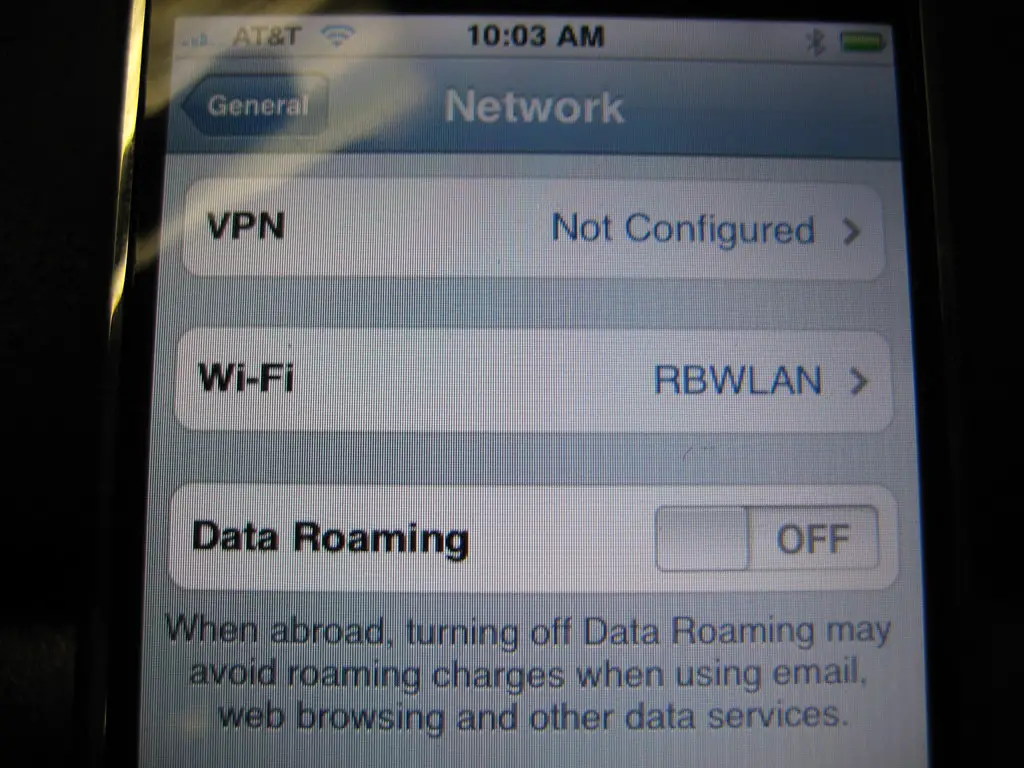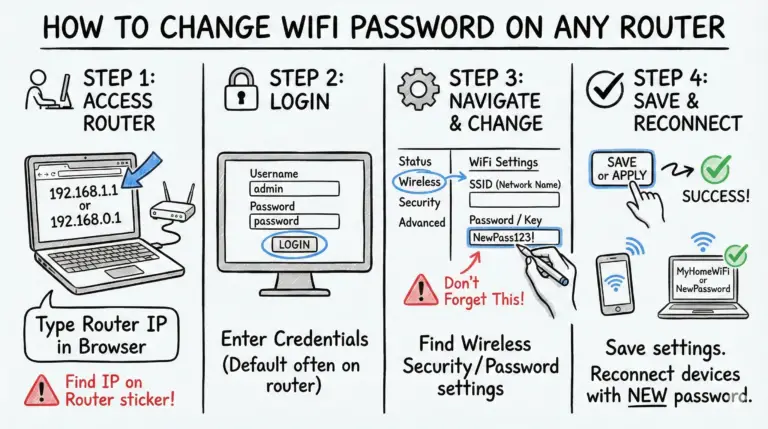Data Roaming is a term you’ve likely heard but may not fully understand, especially if you’re someone who travels often or plans to. Knowing the ins and outs of data roaming can not only save you a significant amount on your mobile phone bill, but it can also help you stay connected more efficiently when you’re traveling internationally.
This comprehensive guide aims to explain everything you need to know about data roaming, including how it works, how to avoid excessive charges, and alternatives that you can consider.
Key Takeaways
| Key Topics | Takeaways |
|---|---|
| What is Data Roaming | Using mobile data outside your home network |
| Costs | Can be expensive due to inter-carrier fees |
| Managing Data | Monitor usage, set limits, use offline modes |
| Alternatives | Prepaid SIMs, eSIMs, Pocket WiFi, free WiFi |
What is Data Roaming?
When you use your mobile phone to access the Internet outside of your home network, you are said to be ‘roaming.’ The term ‘data roaming’ specifically refers to using cellular data services like surfing the web, checking email, or using social media while you’re traveling in an area where your home carrier doesn’t provide coverage.
How Does Data Roaming Work?
In simple terms, data roaming occurs when your mobile phone starts using a network provided by a different carrier because you are out of your home coverage area. When you travel to another country, for example, your home carrier will establish a temporary agreement with the local carrier in the country you are visiting. Your phone then connects to the local network, and you’re billed according to the roaming fees and plans agreed upon by the two carriers.
Why is Data Roaming Expensive?
Roaming can be quite expensive due to several factors:
- Inter-carrier Agreements: Your home carrier has to pay the foreign carrier for using their network.
- Mark-Up Costs: Your home carrier also adds a markup for providing this service, increasing the overall charges.
Table: Example of Roaming Charges by Major Carriers
| Carrier | Data Charges (per MB) | Text Charges (per message) | Call Charges (per minute) |
|---|---|---|---|
| AT&T | $2.05 | $0.50 | $1.20 |
| Verizon | $2.00 | $0.45 | $1.00 |
| T-Mobile | $1.50 | $0.30 | $0.80 |
Carrier-Specific Roaming Charges
Different carriers have different roaming plans and options. For instance, AT&T offers a $10/day international day pass, whereas T-Mobile provides an unlimited data and text plan in over 210 countries. Verizon, on the other hand, offers a pay-as-you-go rate that can be more expensive.
Alternatives to Data Roaming
There are several alternatives to using data roaming, and they include:
- Prepaid International SIM Cards: These are SIM cards you can buy in advance of your trip. They offer data plans that are often cheaper than roaming options.
- eSIMs: Newer phones often come with embedded SIMs that allow you to switch carriers easily.
- Pocket WiFi: A portable device that connects to cellular data and acts as a WiFi hotspot.
- Free WiFi: Many places offer free WiFi, but be cautious as these networks are often not secure.
How to Manage Data Usage While Roaming
When you’re using roaming data, keeping track of your usage is crucial to avoid unexpected fees on your phone bill. Many smartphones have built-in settings that allow you to track how much data you’re using:
iPhone:
- Open Settings
- Tap Cellular
- Scroll down to Cellular Data Usage
Android:
- Open Settings
- Tap Network & Internet
- Click on Data Usage
Tips to Manage Data Usage:
- Data Limit: Set a data limit warning on your smartphone.
- Background Apps: Disable apps from using cellular data in the background.
- Auto-Updates: Turn off automatic updates for apps.
- Offline Maps: Use offline maps to navigate without using data.
- Compress Data: Use data compression features on web browsers like Chrome.
Tips to Avoid Unexpected Costs
Here are some best practices to avoid unexpected costs while roaming:
- Turn Off Data Roaming: The simplest way to avoid charges is to turn off data roaming in your phone settings.
- Use WiFi Whenever Possible: Take advantage of free WiFi in hotels, cafes, and airports.
- Check Roaming Plans: Always check and understand your carrier’s roaming plans and rates before you travel.
- Monitor Data Usage: Use your phone settings or carrier-specific apps to monitor data usage in real-time.
- Download Offline Content: Save maps, music, and videos for offline use.
Frequently Asked Questions
Can I Receive Texts for Free While Roaming?
Depending on the carrier, you might be able to receive texts for free. Always check with your service provider for specifics.
What is a Roaming Charge?
A roaming charge is the fee you pay for making calls, sending texts, and using data while you’re out of your home network.
What Happens if I Turn Off Roaming?
When you turn off data roaming, you won’t be able to use cellular data services and will rely on WiFi.
Is Roaming Free in the EU?
Most EU countries have abolished roaming charges. However, conditions may apply, and it’s best to check the most current regulations.
Conclusion
Understanding what data roaming is and how it works can make a significant difference in your travel experience and phone bill. By taking a few precautionary steps, you can avoid unexpected costs and still stay connected no matter where you go.
Thank you for reading our comprehensive guide on What is Data Roaming. Safe travels, and stay connected!
- How to Configure a Secure Site-to-Site VPN on Cisco Firepower Complete Guide - December 3, 2025
- Jobs for Network Engineers: Roles, Skills & Pay - December 3, 2025
- How to Change WiFi Password on Any Router : The Last Guide You Need - December 1, 2025




